How to Start a Subscription-based Business: 8 Proven Steps to Launch and Grow It

Did you know that counting down from 5 to 1 (5,4,3,2,1), popularized by Mel Robbins, is a powerful mental hack?
This simple trick shifts brain activity from the primitive midbrain, which is responsible for instinctual and emotional responses, to the prefrontal cortex. Activating this part of the brain helps you move from a state of hesitation to action.
If you’re hesitant about how to start a subscription-based business or any other endeavor, you’re in the right place to get the ball rolling.
Although subscription-based businesses are growing revenues about five times faster than S&P 500 company revenues and U.S. retail sales, building one from start to finish can be overwhelming.
In this article, I’ll explain everything you need to know about the subscription business so you can launch your own and be prepared to take on new challenges and successes.
8 Key steps to start your subscription-based business
Remember that these key steps can take you closer to launching your dream business. Taking action is the hardest part, but that’s where the real adventure begins in entrepreneurship.
- Define your niche
- Select the product or service you want to offer
- Choose the type of subscription models suitable for your brand
- Decide what pricing strategy works for you
- Develop a comprehensive marketing strategy
- Build a website to strengthen online presence and credibility
- Plan a successful launch
- Gather feedback from early subscribers to refine offerings
1. Define your niche
Establishing a niche is critical for market differentiation. It enables you to stand out by addressing specific customer needs, gaining a competitive edge, and fostering customer loyalty.
By focusing on a defined niche, you can effectively concentrate resources, enhance expertise, and cultivate trust with your target audience.
This will ultimately boost profitability through specialized offerings tailored to meet distinct market demands. Specializing in a niche reduces competition and attracts customers willing to invest in premium solutions that cater precisely to their requirements.
5 Practical steps to define to zoom in your niche
- Discover your passion and expertise. Begin by reflecting on your passions, skills, and areas of expertise. Identify the industries or subjects that ignite your genuine interest and where you hold valuable knowledge.
- Explore market trends and needs. Use Google Trends, Google Search, and SEMRush for industry analyses, as well as social media insights to uncover evolving trends, pain points, and unmet demands within your chosen domains.
- Evaluate competition. Analyze your competitors to pinpoint gaps or overlooked market segments that align with your unique offerings, presenting opportunities for differentiation and growth.
- Profile your target audience. Develop comprehensive buyer personas that encapsulate your ideal customers’ characteristics, preferences, behaviors, and specific challenges, aiding in crafting tailored solutions.
- Validate through research. Thoroughly test your niche concept by engaging in market research activities, like surveys and focus groups, to assess interest and demand levels among your target demographic, ensuring alignment with market needs and preferences.
Here’s an excellent example of how a brand nailed down a niche market that’s making furry parents happy:
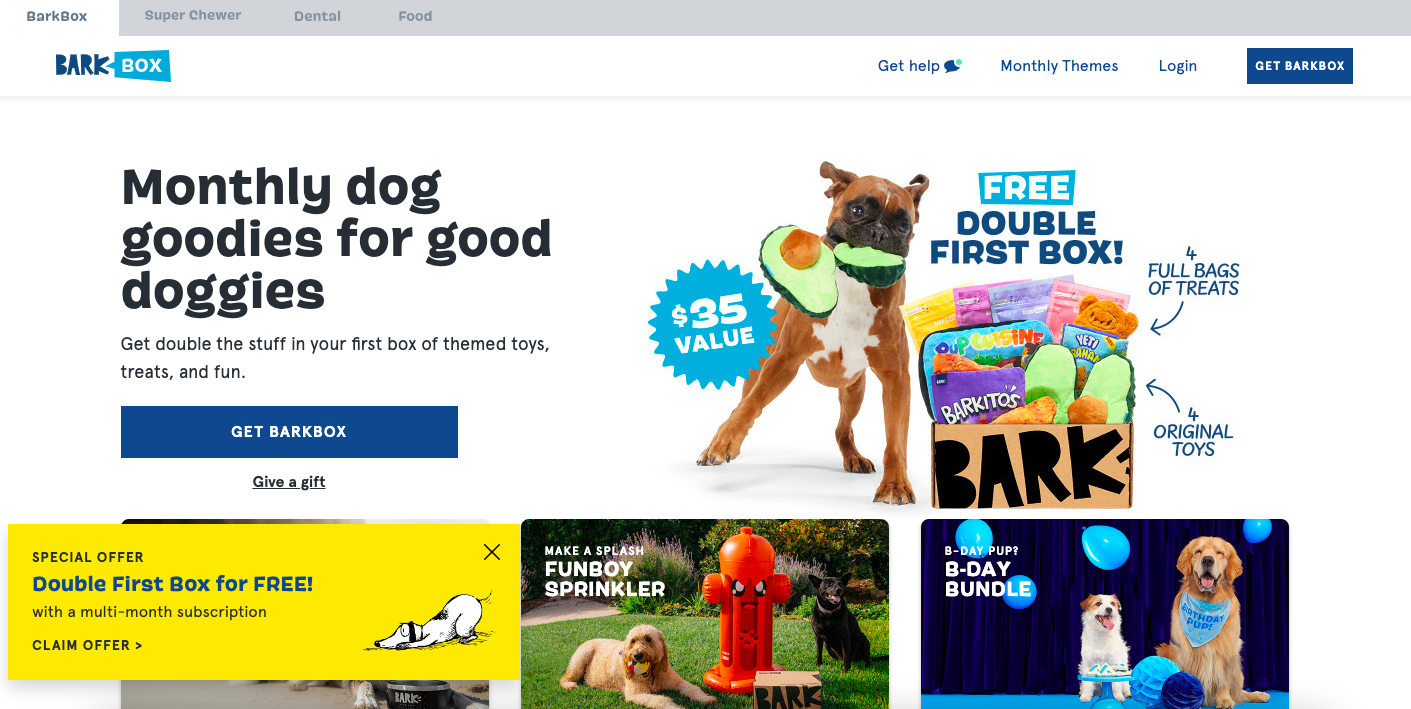
Source: Barkbox
Barkbox is a successful subscription box service for dog owners. They identified a niche market of pet parents who wanted to spoil their furry companions with high-quality, unique treats and toys without the hassle of shopping for them individually.
By catering specifically to this niche, Barkbox differentiated itself from traditional pet stores and built a loyal customer base of dog lovers willing to pay a premium for convenience and a personalized experience.
2. Select the product or service you want to offer
Choosing a product or service that aligns with your niche market’s needs and preferences ensures that there is a demand or product market fit for what you are offering. This alignment increases the likelihood of customer acquisition and user retention.
But remember that the right product or service should be scalable, allowing you to grow your business without significantly increasing operational complexity or costs.
Now, between a product and a service, which one should you offer? Well, it depends on your research and what you want to provide.
Let’s explore the pros and cons of each one to give you a better perspective.
| Aspect | Products | Services |
|---|---|---|
| Pros | Tangible value. Provides visible and usable value, enhancing perceived worth. | Recurring revenue. Offers steady income streams, often more predictable than product sales. |
| Predictable inventory. Subscription models aid in inventory forecasting and efficient stock management. | Lower overhead. Digital services like SaaS apps typically entail lower overhead expenses than physical products. | |
| Cross-selling opportunities. Allows bundling with complementary items for increased sales. | Customer engagement. Promotes ongoing customer interaction, fostering stronger relationships and loyalty. | |
| Cons | Logistics challenges. Handling inventory, shipping, and returns can be intricate and costly. | High development costs. Creating apps may require substantial initial software development costs. |
| Perishability concerns. Shipping fresh and quality consumable products presents a challenge. | Customer expectations. Subscribers expect continuous improvements and top-notch support, potentially straining resources. |
One of the best ways to see if a product is worth pursuing is by embracing the minimum viable product (MVP) approach.
Launching an MVP product or service is also an excellent way to know how customers respond to it before you pour out all your resources into the business.
What if I told you there’s a company that had a chance to crowdfund their product without app development?
Meet Good Empire.
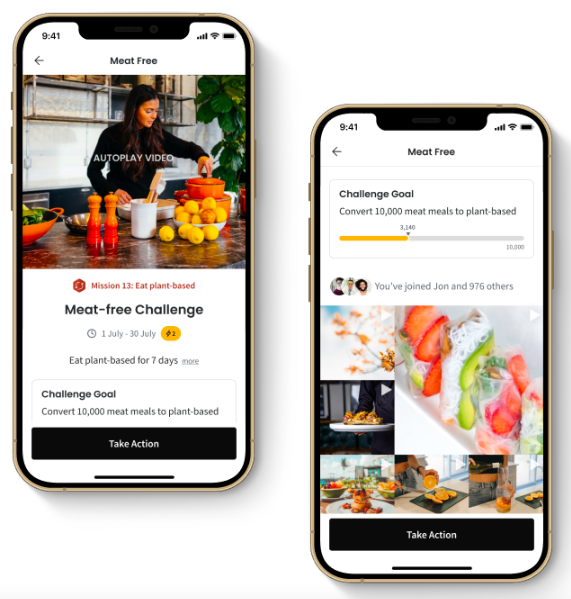
Embracing Appetiser’s innovative app design prototype, Good Empire ventured into the realm of investors, unveiling their vision on the crowdfunding platform, Birchal.
The outcome? A resounding success. Not only did they conquer a single crowdfunding round but triumphed in two, amassing a remarkable $1.5 million from a diverse pool of over 1000 eager investors.
Here’s a short video on where Good Empire is going next year and beyond:
3. Choose the type of subscription models suitable for your brand
Subscription business models have become increasingly popular due to their ability to generate predictable revenue and foster long-term customer relationships. In the United States, consumers spend an average of U$237.33 monthly on subscriptions.
If you want to enter this huge market, remember the three primary types of subscription models: curation, replenishment, and access as you explore this type of business.
Each subscription-based model has unique benefits and risks, and I’ll unpack each briefly.
1. Curation subscription model
The curation model, also known as a subscription box business, involves delivering a selection of curated products to customers at regular intervals.
These products are often tailored to the customer’s preferences and can include items such as beauty products, fashion accessories, or gourmet foods. Some of the popular subscription business ideas are BirchBox, a pioneer in the beauty subscription box space, and FabFitFun, known for beauty, fitness, and lifestyle boxes.
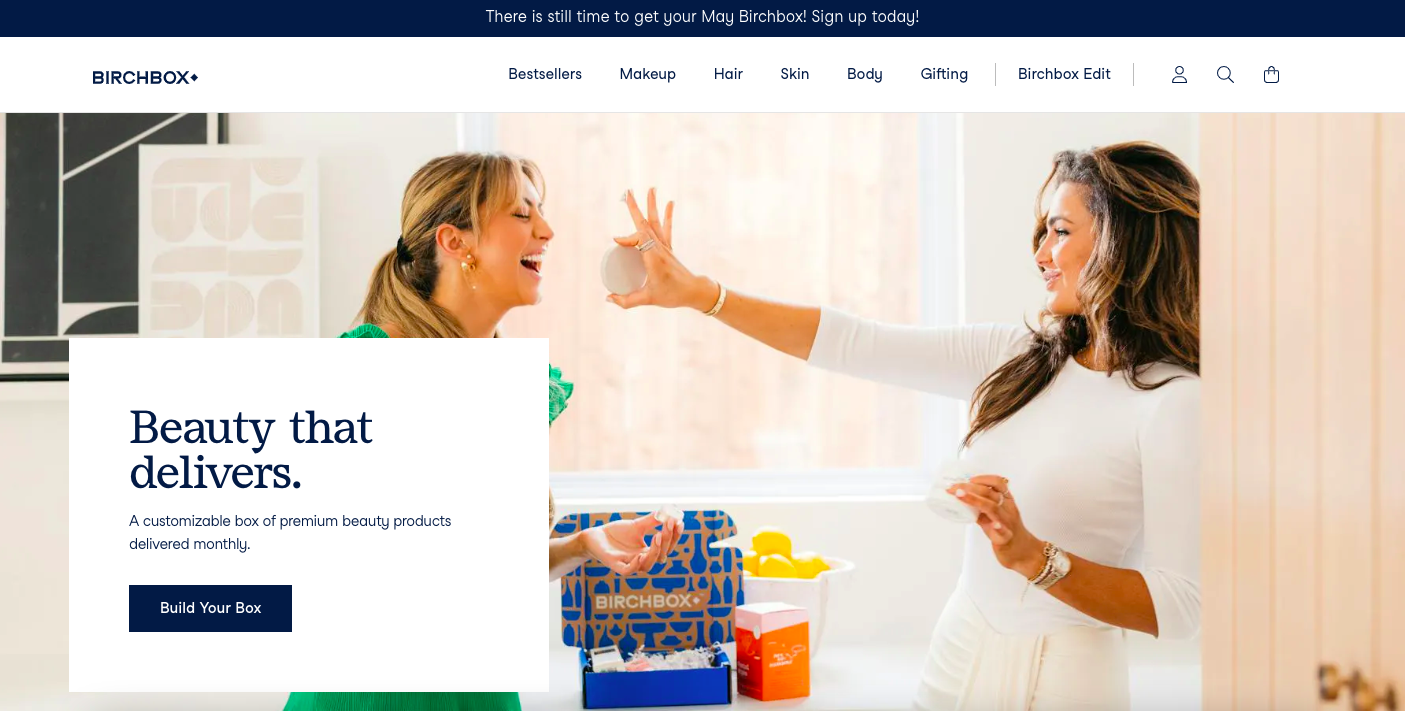
Source: BirchBox
What are the benefits of the curation subscription model?
- High profit potential. Curation subscription services can be lucrative if you do your research well. They often thrive with impressive profit margins, typically ranging between 40% to 60%. This success stems from the steady stream of recurring revenue.
- Customer delight. The element of surprise and discovery can enhance customer satisfaction and loyalty to both new and existing customers.
What are the risks associated with the curation subscription model?
- High churn rates. The churn rate—the percentage of subscribers who cancel their subscriptions within a given timeframe—can be higher in this model. The novelty of curated products can wear off, leading to higher customer churn rates.
- Operational complexity. Managing inventory, packaging, and shipping products can be complex and costly. Imagine, if you’re selling physical products, you need storage and solid inventory management to ensure you get it right with your customers.
2. Replenishment subscription model
Replenishment subscriptions focus on the regular delivery of essential consumable goods, such as razors, diapers, vitamins, and pet food. This online subscription business model is often referred to as “subscribe and save.”
Meridian, a personal grooming brand, sells waterproof trimmers (I personally have one and it’s a witty gift for friends) that offer replenishment on its blades and pre- and post-trimcare items like spray, scrub, and coolers for intimate hygiene.
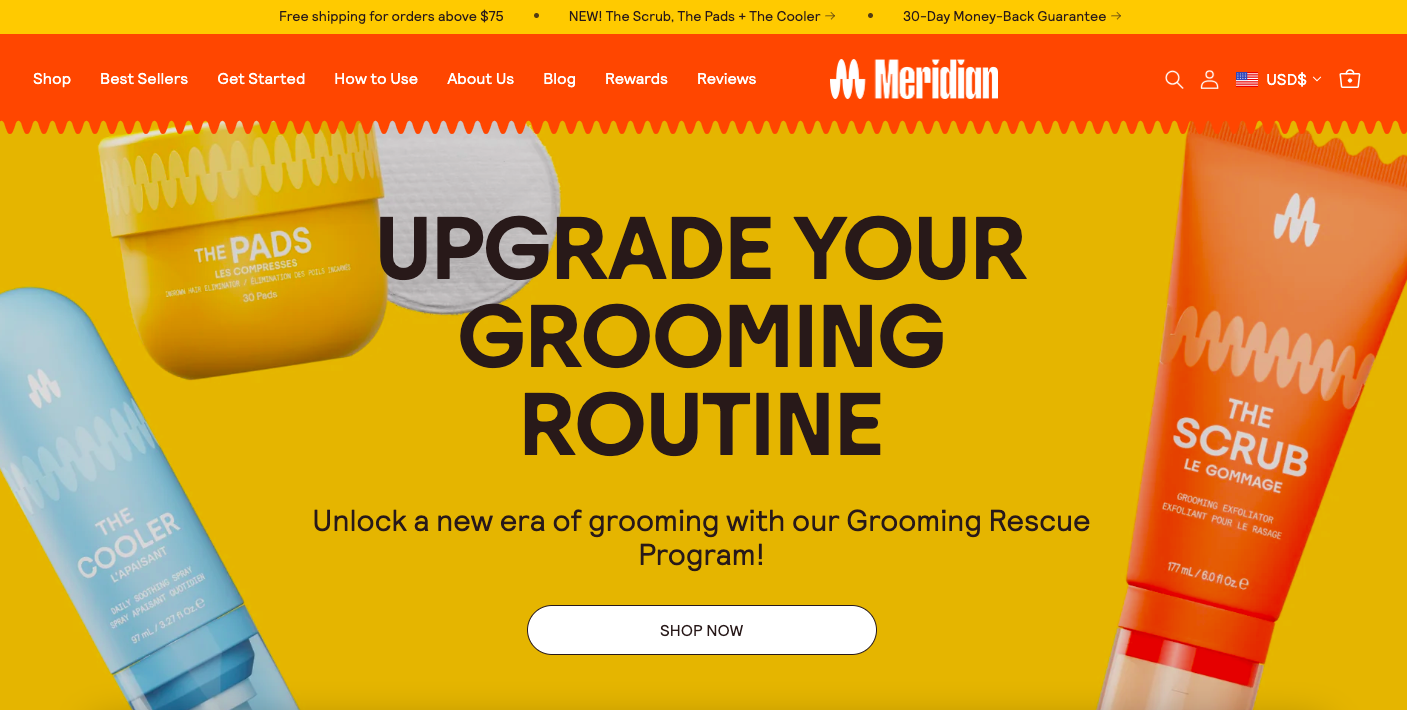
Source: Meridian Grooming
What are the benefits of the replenishment subscription model?
- Higher conversion rates. Customers are more likely to subscribe to replenishment services for convenience and cost savings. According to McKinsey, 65% of consumers who consider “subscribe and save” end up joining.
- Higher retention rates. Customers tend to stay subscribed longer because they rely on these essential items offered in subscription boxes.
What are the risks associated with the replenishment subscription model?
- Thin margins. Companies often need to offer discounts to attract subscribers, which can result in lower profit margins. This can be detrimental without a sustainable growth plan.
- Price competition. To remain profitable, you must keep costs low and operate at scale, which can be challenging.
3. Access subscription model
The access model provides subscribers with exclusive access to premium content, services, or discounts. This subscription service model is common in industries such as streaming services, online education, mobile apps, and membership clubs.
Claudia Dean World app is a ballet training app well-loved by many ballet enthusiasts. It uses an access subscription model, where app users can pay for a monthly or annual membership to view the lessons. In-app purchases are also available to unlock specific videos.
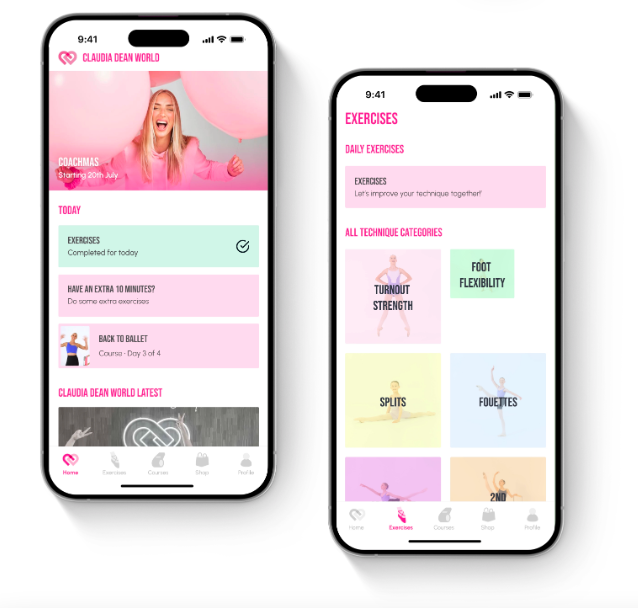
Check out Claudia Dean World’s success story in our portfolio and see how Appetiser made her vision a reality.
What are the benefits of the access subscription model?
- Recurring revenue. Access subscriptions provide a steady stream of income, which is attractive for financial planning and investor relations.
- Customer loyalty. Subscribers are likely to remain loyal due to the perceived value of exclusive access and benefits.
What are the risks associated with the access subscription model?
- Initial resource investment. Setting up the necessary resources and content can be time-consuming and costly.
- Market awareness. Building awareness and attracting subscribers can take time, especially if the offering is niche, unless you already have established a community or you’re well known in your field like Claudia Dean.
Most mobile apps use this type of subscription model because the app itself is rich in content, such as videos and games. The access model provides stable recurring revenue through monthly fee payments and strong customer loyalty but requires significant initial investment and market awareness efforts.
To give you a fresh perspective, the next section will unpack the pricing strategies you can choose from.
4. Decide what pricing strategy works for you
Your pricing strategy plays a crucial role in attracting and retaining customers. For instance, a freemium model can rapidly draw in a large user base, while opting for a premium model can boost revenue per user.
Diverse pricing strategies can effectively enhance revenue streams in terms of revenue optimization. Tiered pricing, for example, caters to various customer segments, ultimately maximizing each customer’s lifetime value.
There are four pricing strategies you can explore.
1. Free pricing strategy
The free pricing strategy offers a product to users at no cost, aiming to build a large user base quickly. The revenue is typically generated through in-app advertising or other indirect streams.
Google Maps exemplifies this strategy by providing free access to users while monetizing through data collection and integration with various Google services.
2. Freemium pricing strategy
The freemium model provides basic product features for free and charges for advanced functionalities or extra content. This strategy entices users with the free version and converts them to paying customers for premium offerings.
3. Premium pricing strategy
Premium pricing sets a higher price for a product to convey a sense of superior quality or exclusivity. Established brands or apps with unique features often use this strategy to justify the high cost.
4. Paymium pricing strategy
Paymium blends elements of paid and freemium models, where users pay an upfront fee to download the app and may further purchase additional features or content within the app.
Remember that your pricing strategy is instrumental in positioning your product within the market. For example, embracing premium pricing can position your product as a luxurious offering, whereas competitive pricing can expedite market share acquisition.
Let’s just take Spotify’s business model, for example.
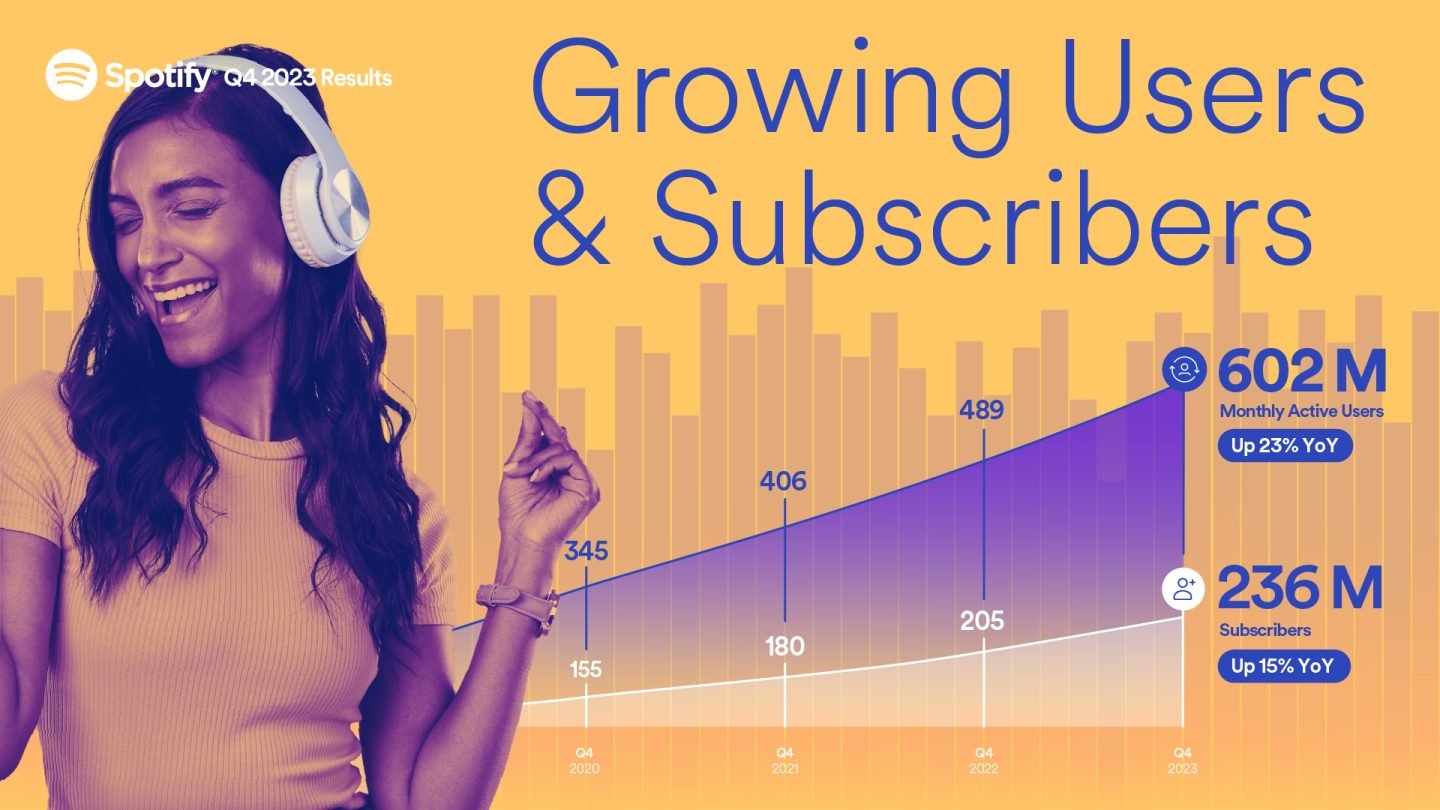
Source: Spotify
Spotify offers a free tier with ads and limited features, encouraging users to upgrade to a premium subscription for an ad-free experience and additional features. In fact, according to its Q4 2023 earnings report, it has an impressive 40% user engagement and 23% increase in monthly active users to 602 million, making it the top choice for music streaming among many music enthusiasts, including myself.
If you’re unsure how to approach pricing strategies, we have an in-depth article on how to choose the best app pricing models for your business.
5. Develop a comprehensive marketing strategy
A well-rounded marketing strategy helps in acquiring new customers and retaining existing ones. According to a report, acquiring a new customer can cost five times more than retaining an existing one.
A comprehensive marketing strategy should encompass various marketing channels, including social media campaigns, email marketing, and influencer collaborations. Depending on where your customers are and how you want to reach them, you may go through these practical steps to get a pulse of where you want to go.
- Market research and customer segmentation. Conduct thorough market research to understand your target audience and their preferences. Use tools like HubSpot and Google Analytics to gather insightful data on customer behavior and demographics.
- Content marketing. Create a solid content strategy encompassing blog posts, videos, and social media content. Research from HubSpot reveals that at least 47% of buyers consume three to five pieces of content before speaking to a sales representative.
- Email marketing. Establish and nurture an email list to keep your subscribers informed and engaged. You can actually start a list even before launching your product to infuse a sense of curiosity before the official launch.
- Social media campaigns. Harness the power of social media apps such as Facebook, Instagram, LinkedIn, and Twitter to broaden your reach. Develop compelling posts, launch targeted ads, and engage with your followers to cultivate a community around your brand.
You may also approach marketing as multifaceted as Youfoodz did. They invested both in digital and traditional media to capture their customers.
Here’s how Youfoodz reached its business growth:
- Initially, Youfoodz succeeded through traditional media avenues like radio and TV in 2014 and 2015.
- Transitioning to digital dominance, the company delved deep into digital marketing, expanding its presence on Instagram, Facebook, and YouTube. Innovative tactics such as programmatic video ads, custom 360-degree videos, and engaging Facebook Canvas experiences were deployed to captivate audiences.
- Harnessing the power of social media, Youfoodz cultivated a massive following on Instagram, with over 100,000 loyal followers actively engaging through user-generated content tagged with #youfoodz.
- Strategic influencer partnerships played a pivotal role, seamlessly linking their Instagram winter menu campaign to TV promotions for amplified reach and engagement.
- Collaborating in co-marketing endeavors with platforms like Urban List widened Youfoodz’s audience reach, amplifying its brand presence.
Youfoodz was unstoppable in that it made a bold move that changed the trajectory of its business.
In 2017, Youfoodz partnered with Appetiser to develop a feature-rich mobile app. The app included functionalities such as multiple payment options, order customization, real-time updates, and push notifications for promotions, which significantly enhanced user experience and retention.
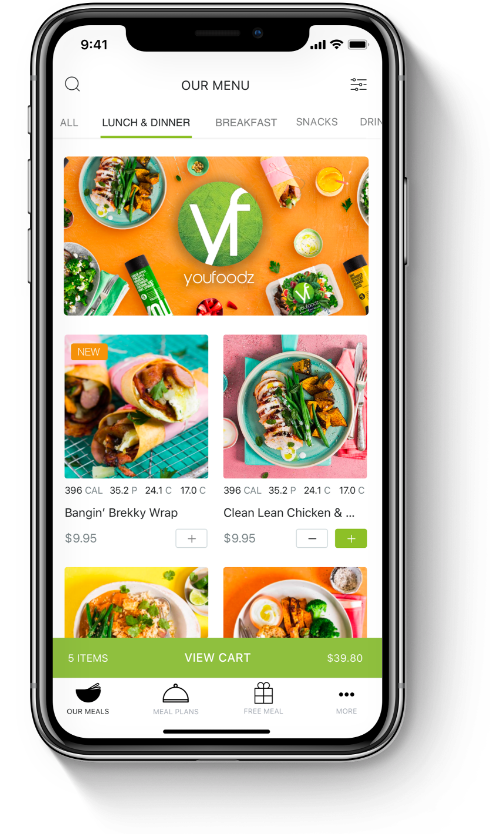
The app’s design focused on user convenience. It allows customers to save payment details for quick repeat orders and offers loyalty rewards for active users.
6. Build a website to strengthen online presence and credibility
A well-designed website enhances your online presence and also builds credibility and trust with your audience. This is because your website is often the first point of contact between your business and potential subscribers.
A professional and user-friendly website can make a strong first impression, encouraging visitors to explore your offerings further.
In fact, according to a study, 75% of consumers judge a company’s credibility based on its website design.
If you want to reach a wider audience, a website is an excellent place to begin with. DIMERS, a comprehensive sports betting website, knows the power of a website.
Amid the pandemic’s peak, DIMERS.com emerged as a platform dedicated to global influence and change.
Leveraging a data-driven design and web development strategy, Appetiser steered the project towards a focused trajectory, slashing development timelines while ensuring top-tier user experiences across various platforms.
Within a swift three-month window, DIMERS.com made its grand entrance, garnering over 1 million page views and attracting 140 thousand users in just 30 days. This rapid success has positioned DIMERS as a prominent player making waves in the competitive North American market.
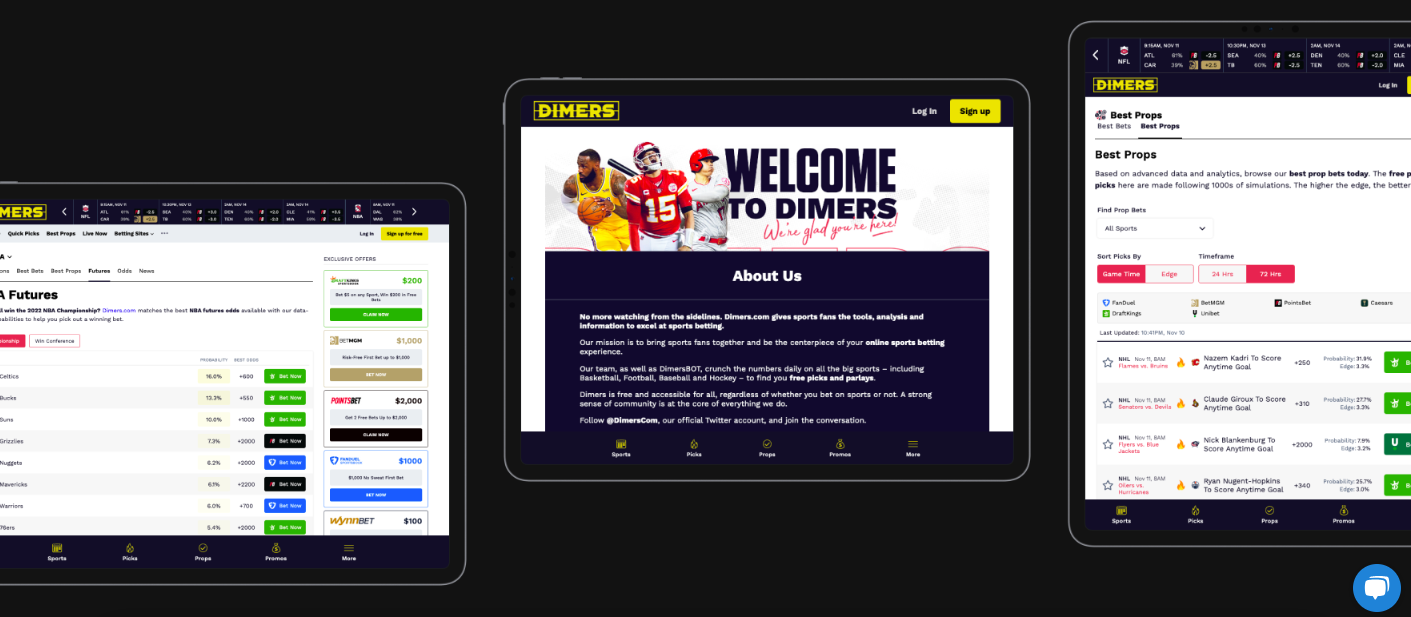
Such remarkable achievements underscore the prowess of a professional web development team and showcase the transformative power of strategic collaboration.
With a supportive team on your side, nothing is impossible. Thus, you are ready for the next step.
7. Plan a successful launch
A successful launch serves as the cornerstone for generating initial traction, a vital force in propelling momentum forward. Research indicates that 40% of consumers are more inclined to explore a new product following exposure to a well-crafted launch campaign.
A grand entrance not only kickstarts your journey but also cultivates brand awareness. A robust launch strategy can etch your brand into the consciousness of potential customers, increasing the likelihood of subscription and user engagement.
What’s more, if you already have a website, early birds can take advantage of pre-launch promotions and exclusive offerings that allure early adopters. These enthusiasts often evolve into devoted brand advocates, fostering organic growth through the influential power of word-of-mouth.
This process doesn’t end here. It is also an opportunity for you to learn more about your customers, which I’ll explain further in the last step.
8. Gather feedback from early subscribers to refine offerings
Feedback from early subscribers provides direct insights into what customers like or dislike about your product. This helps in making customer-centric improvements, which can lead to higher satisfaction and retention rates.
Early feedback helps identify any pain points or issues that subscribers face, allowing you to address them promptly and improve the overall user experience.
By understanding the needs and preferences of your early subscribers, you can adapt your subscription-based business model to fit market demands better, increasing the likelihood of the long-term success of your business.
I don’t want to leave you this step without giving you ways to do it, so here are some of the ways you can do to know what your customers think and love:
- Use diverse feedback channels. Cast a wide net by leveraging email surveys, in-app feedback forms, and social media platforms to gather feedback. Embracing multiple channels ensures a diverse pool of insights from a broad audience.
- Embrace simplicity in the collection process. Opt for succinct and straightforward feedback forms that are user-friendly and quick to complete. Lengthy surveys may deter customers from engaging with your feedback requests.
- Add some personal touch. Customize surveys to reflect individual customer experiences and preferences. Tailoring feedback requests enhances relevance and fosters active participation.
- Listen actively. Engage in social listening to capture authentic comments and mentions regarding your product on social media platforms. This practice unveils candid feedback directly from users, offering valuable perspectives.
- Conduct usability insight. Conduct usability tests to gain firsthand insights into how customers interact with your system. These tests go beyond traditional surveys, providing nuanced feedback on user experience and functionality.
Just when you think launching a product, marks the end of the process, you’re far from the truth. The reality of running a business, whether you’re selling a digital product, service, or actual merchandise, quite different. It involves ongoing efforts.
Gathering feedback from the ground up helps you refine your brand as a whole—from processes to product features and even customer support experience.
Remember that launching a subscription-based business involves not just passion but also grit, patience, and a coherent strategy that will sustain you amidst a competitive industry wherever you choose to thrive.
Start with your why and execute with the experts
Launching a subscription-based venture may appear daunting, yet triumph awaits with adherence to these pivotal steps. At the core, defining your niche and underststanding your audience are the pillars of a prosperous venture.
Anticipating your business launch, meticulous planning, and early subscriber feedback are invaluable steps for honing your products or services and enhancing customer delight.
Always remember the essence of why you want to take this entrepreneurial path—clarity of purpose fuels collaborative strides with seasoned app developers toward triumph.
So if you’ve got an app idea that would work well as a subscription-based business model, don’t hesitate — just do it!
Partner with your dream team who shares your drive and determination.
After all, launching a successful subscription-based business is no easy feat, but with dedication and hard work, it’s definitely achievable. Call us now for a free consultation.

Maria Krisette Lim is a Content Marketing Specialist with 14 years of experience producing web and print ad content. Krisette has a BSBA degree, major in Business Management and Entrepreneurship. When she’s not tinkering with words and punctuation, she’s either curled up with a book while sipping hot tea, playing with her toddler, or tinkering with website builders.


